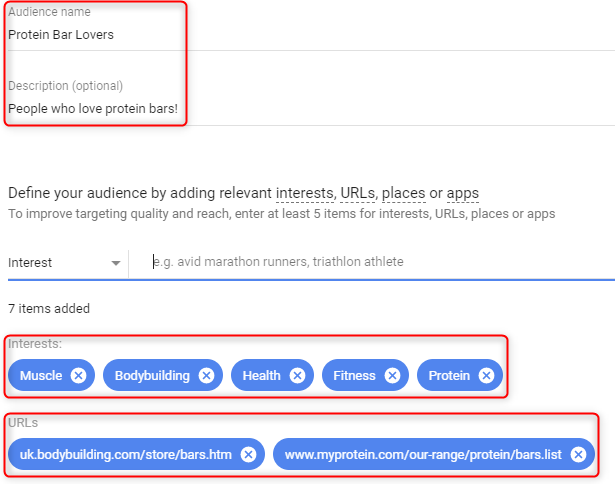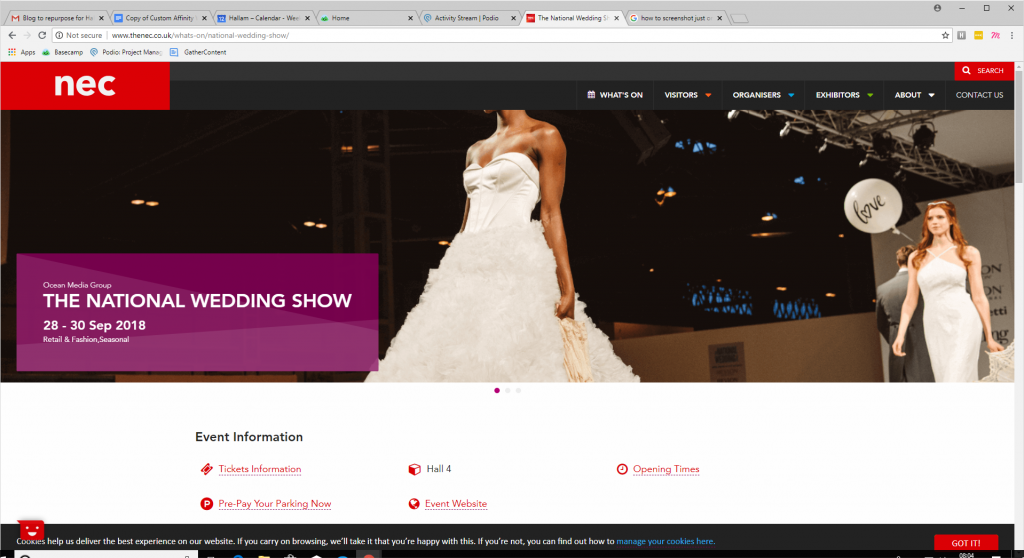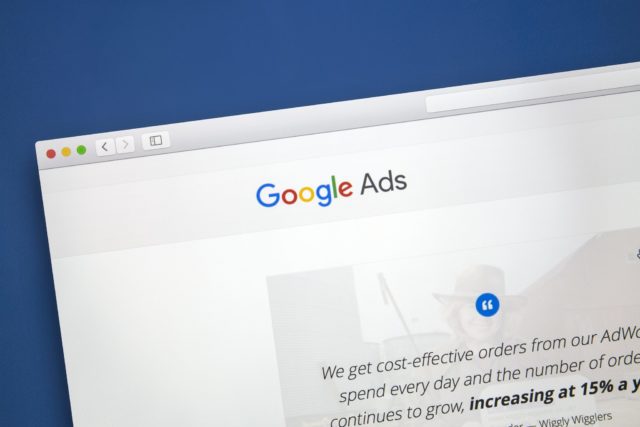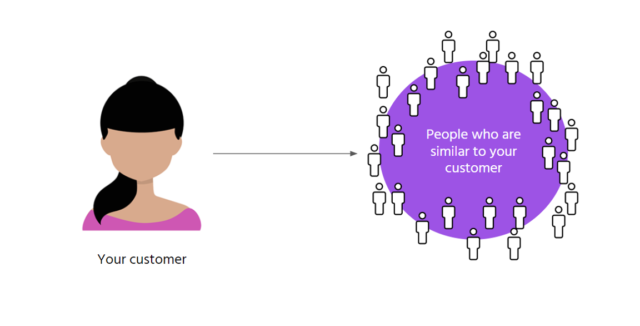The success of any display campaign rests on a number of factors, but making sure you’re effectively targeting your audience is definitely a key one.
Google uses its data to allow you to set some predefined audiences (known as Affinity Audiences), but these can sometimes be a bit too broad. This is where Custom Affinity Audiences (CAAs) come in – giving you the chance to define your very own audience.
Why should I use Custom Affinity Audiences?
There are a whole host of benefits to using CAAs – the very nature of them alone makes them practical for many different types of business and scenario. They’re a great way to increase brand awareness, execute more controlled targeting and increase your market reach.
How do I set up CAAs?
A CAA is created on the basis of four pillars: interests, URLs, places and apps. As places and apps can limit your reach, focusing on interests and URLS is often more effective in targeting the desired audience.
They’re simple to set up. First, find the audiences tab within your AdGroup, then go into “What their interests and habits are” – there’ll be an option to create a CAA. Here you can start to enter some info. You’ll need to have a minimum of five criteria that fit into the aforementioned pillars.

Simply add relevant keywords as interests, and some URLs your audience is likely to visit.
CAAs in practice
As mentioned previously, there are plenty of ways to use CAA’s to reach your relevant audience. Here are just a few ideas…
Targeting event attendees
A great way to reach your relevant audience is by targeting conferences, trade shows and conventions within your market. After all, anyone attending such events is likely to already have a level of interest and engagement with your product or service.
Let’s say your target market is people planning a wedding. It’s fair to assume such people might attend the National Wedding Show – one of the biggest wedding expos in the country that’s held at the NEC in Birmingham.

Simply inputting the site’s URL and some relevant interests, such as “wedding dresses”, “wedding cakes” and “wedding venues”, will indicate to Google that it should target your ads to this kind of audience.
Competitor targeting
CAAs provide an easy opportunity to reach (and potentially target) your competition’s audience. A really simple way to do this would be to simply use your competitors’ sites as the URL target, and their brand keywords as interests.
However, this won’t work for all of your competitors – in some cases, you’ll need to target a bit more closely. If your competition is particularly large, you may want to target specific page URLs. Or, if you want to target a local competitor’s audience, try including their brand in the interests.
User behaviour
Thinking about what your audience wants to do is another effective way of getting CAAs to work for you. For example, a company selling golf clubs will naturally want to target ‘golf enthusiasts’, but this could apply to both golf players and golf watchers. CAA’s allow you to narrow that audience segment.
Adding interests such as “improve golf swing”, “golf practice” and “golf putting” gives you a better chance to hit your desired market.
In conclusion
On the whole, using Custom Affinity Audiences gives you much more control on the GDN. It’s a cost-effective, creative way to reach new users and markets, and ultimately helps to drive conversions. If you have any questions on how you can implement this for your company, don’t hesitate to get in touch with us!


